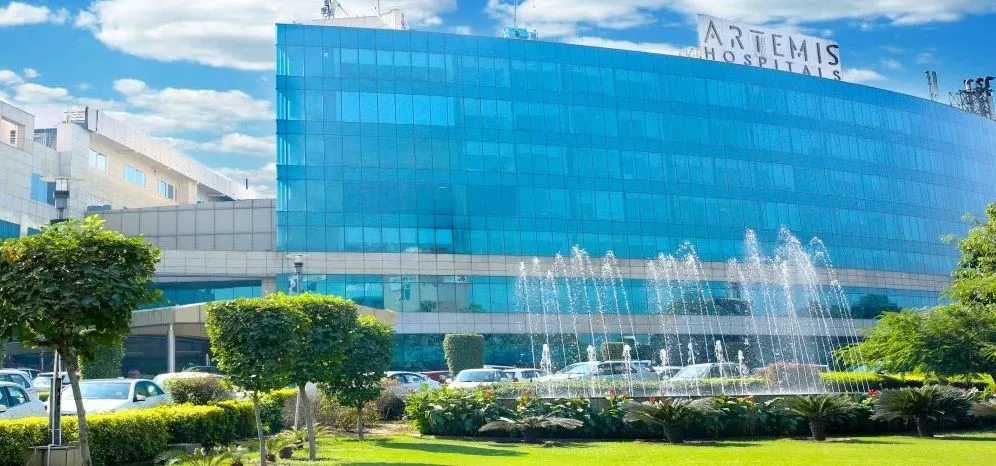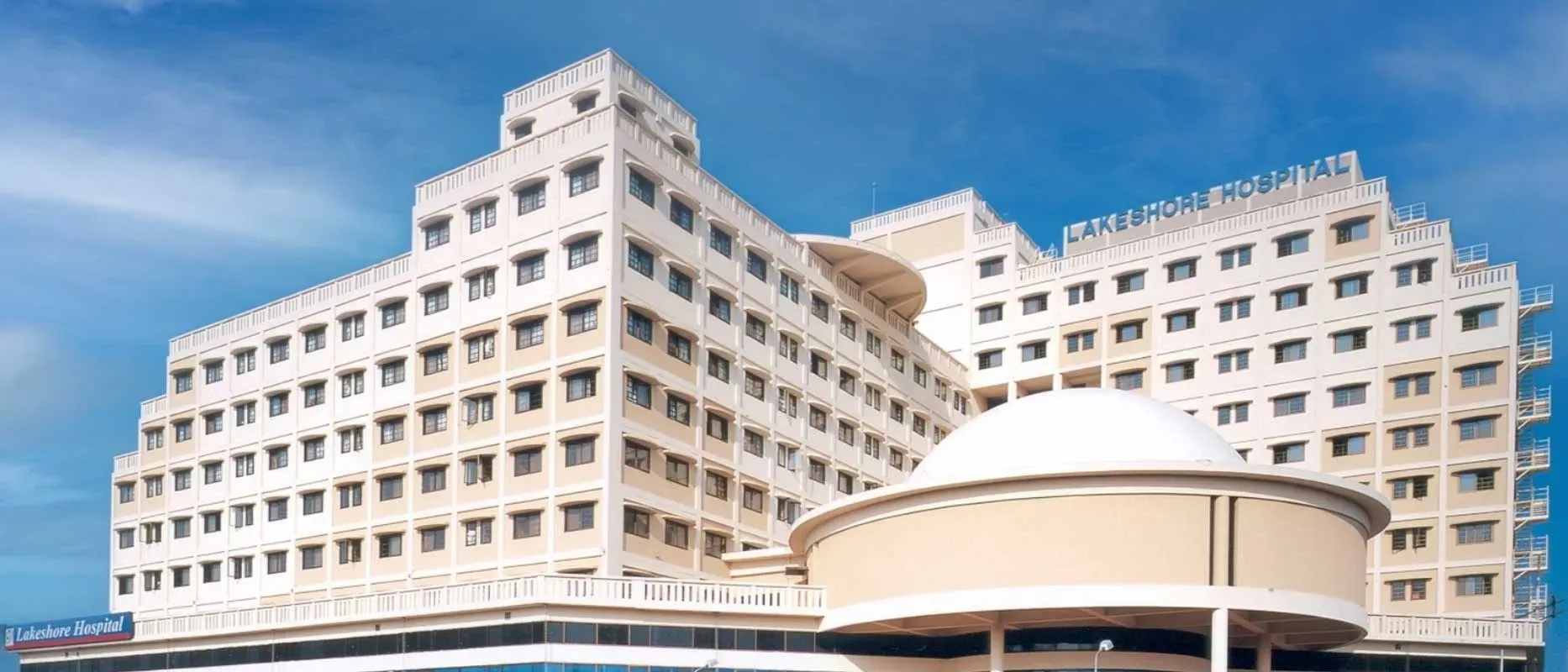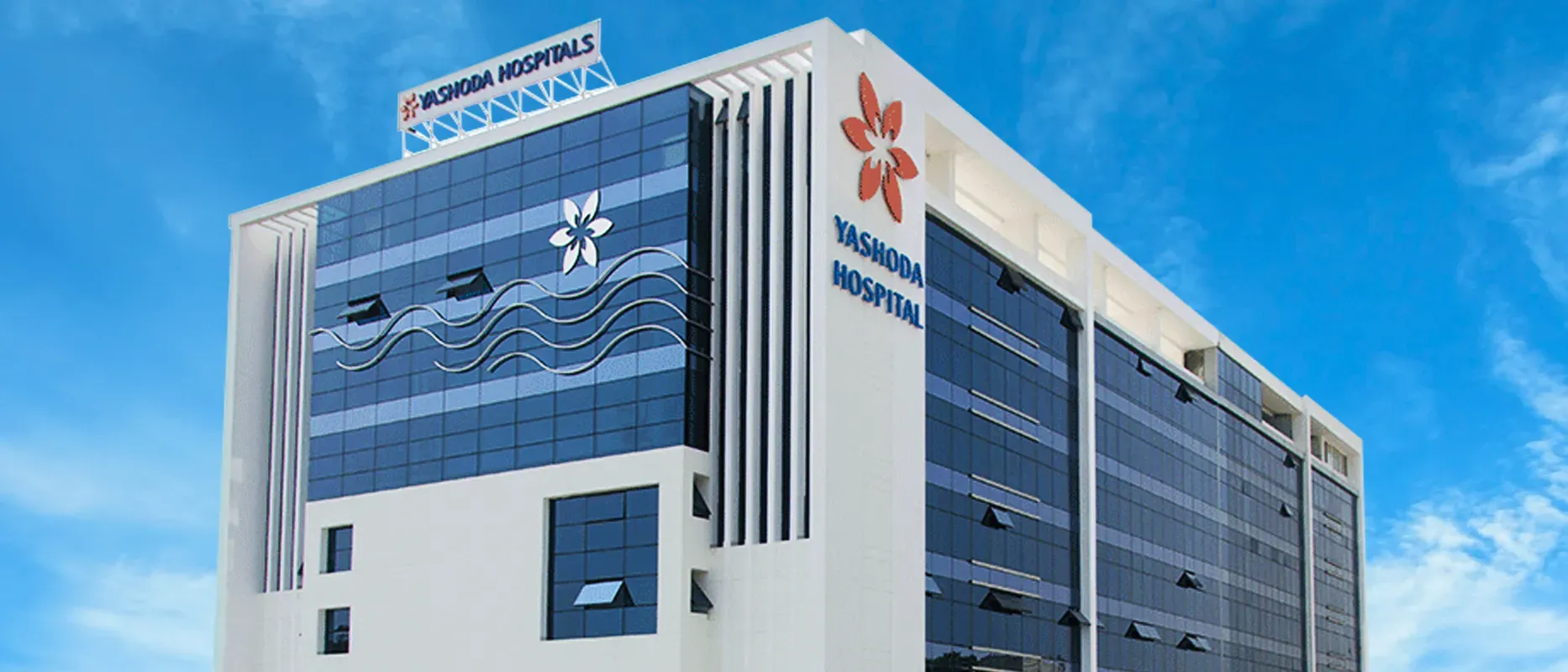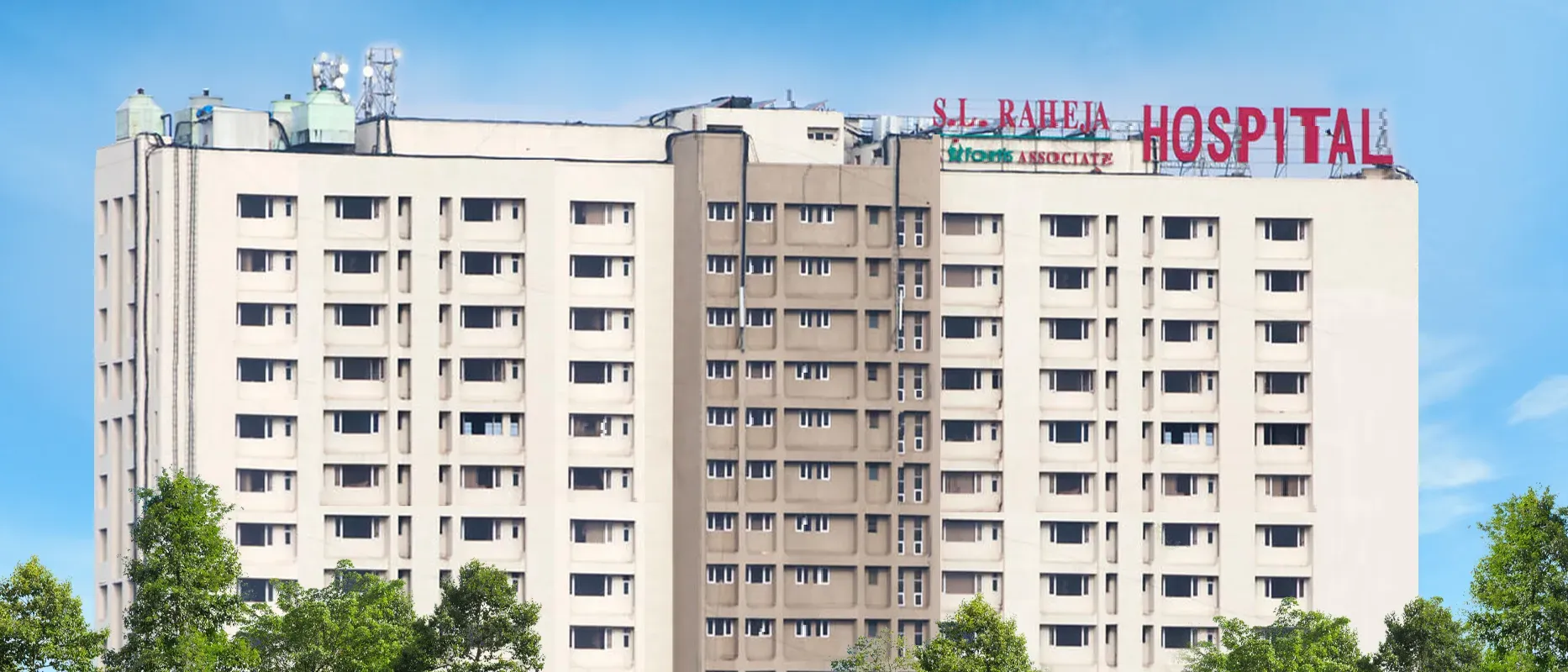Overview of Coronary Artery Bypass Grafting Treatment India
Coronary artery bypass grafting or CABG is a surgical procedure in which a bypass surgery is performed to improve the circulation of blood to the heart. When the artery which supply the blood and nutrients to the heart for its proper function becomes blocked or narrow, coronary artery bypass surgery helps to restore the blood supply to the heart for its proper function. When there is a risk of Heart attack or when a person is in emergency with a severe heart attack, coronary artery bypass surgery is performed. In coronary artery bypass surgery, the blood vessels are obtained from anywhere in the body and uses in connecting the part above and below the blocked vessel to create a new path for blood flow. The procedure can be performed traditionally where heart stops during procedure and heart function is performed by the machine outside. But in most advanced techniques, there is no need to stop the heart function. The arteries used are obtained from the patient’s own arm, chest or from the veins of the legs. Like any other surgery there is also risk and complications for coronary artery bypass surgery that should be managed by medications, diet and healthy lifestyle after the surgery. The activity level should increase gradually in order to improve the overall quality of life.
Types of Coronary Artery Bypass Grafting Treatment India
Some common types of coronary artery bypass grafting are:
- Traditional Coronary Artery Bypass Grafting (on-pump CABG)
- Off-pump Coronary Artery Bypass Grafting (OPCAB)
- Minimally Invasive Direct Coronary Artery Bypass (MIDCAB)
- Robotically Assisted Coronary Artery Bypass Grafting
Traditional Coronary Artery Bypass Grafting (on-pump CABG)
This is the conventional approach where the surgeon makes an incision in the chest and uses a heart-lung bypass machine to temporarily perform the function of the heart while bypass grafts are created using arteries or veins from elsewhere in the body.
Off-pump Coronary Artery Bypass Grafting (OPCAB)
In this approach, the surgeon performs the bypass grafting without using the heart-lung bypass machine. Instead, the heart is stabilized using specialized instruments while the grafts are connected to the targeted coronary arteries. OPCAB is often performed on patients who have a higher risk of complications from the use of the heart-lung machine, such as those with other deadly diseases.
Minimally Invasive Direct Coronary Artery Bypass (MIDCAB)
This procedure involves making small incisions on the left side of the chest, without an incision at the front of the chest. It is used to access specific coronary arteries. It is suitable for certain blockages in the branches of the coronary artery.
Robotically Assisted Coronary Artery Bypass Grafting
Robotic-assisted CABG is a minimally invasive technique where the surgeon controls robotic arms to perform the bypass grafting. Small incisions are made, and the surgeon operates the robotic instruments from a console. This approach offers increased precision and dexterity as compared to traditional methods.
Procedure of Coronary Artery Bypass Grafting
The general overview of the coronary artery bypass grafting is described below:
Anesthesia: The patient receives general anesthesia to induce a deep sleep and ensure a painless procedure. Anesthesia is necessary to limit the irritation and discomfort during the procedure of coronary artery bypass grafting.
Incision: A surgical incision is made at front of the chest or small incisions are made at the side of the chest according to the branch of coronary artery which is involved.
Heart-Lung Bypass: during the procedure, the heart is stopped and the function of the heart is performed by the machine outside. This machine temporarily takes over the heart and lung functions.
Obtaining Graft Vessels: Healthy blood vessels, such as the artery from chest or arm or vein from the leg, are obtained from the patient's body to serve as grafts. Additional vessels may also be obtained according to the need.
Graft Preparation: The vessels from the other areas are prepared by removing side branches and fatty deposits to ensure their suitability for bypassing the blocked arteries.
Grafting: The surgeon connects one end of the graft vessel to the aorta and the other end beyond the blocked area of the coronary artery which creates a new pathway for blood flow.
Restoring Blood Flow: The heart-lung bypass machine is gradually turned off, allowing the heart to resume beating on its own. The surgeon verifies the proper blood flow through the grafts.
Closure: The breastbone is reconnected using wires, and the chest incision is closed with sutures or staples. Sterile dressings are applied to prevent any infection.
Recovery: The patient is monitored closely after the major surgery of coronary artery bypass grafting to manage any risk or complication if it is present. The patient needs extra care according to the condition and severity of the disease before CABG.
Diagnosis of Coronary Artery Bypass Grafting Treatment India
Cost of Coronary Artery Bypass Grafting in India
The cost of coronary artery bypass grafting in India usually ranges from 2000 USD- 4000 USD. The cost can vary according to the hospital facilities, location of hospital in different cities of India, severity of the condition of the patient and complications during or after the procedure.
Cost of different procedures of coronary artery bypass grafting in India:
| Treatment Cost in India |
Min in USD |
Max in USD |
| Coronary Artery Bypass Surgery (CABG) |
2184.48 USD |
2912.64 USD |
| Minimally Invasive Coronary Artery Bypass Graft |
2131.20 USD |
2841.60 USD |
| Coronary Artery Surgery |
2664.00 USD |
3552.00 USD |
Symptoms and Risk factors
Indications of Coronary Artery Bypass Grafting
Here are some common indications for CABG:
- Severe coronary artery disease (CAD)
- Significant blockages or narrowing of the coronary arteries
- Multiple blockages or complex CAD
- Left main coronary artery disease
- Coronary artery disease with impaired heart function
- Failed or unsuitable previous interventions such as angioplasty or stenting.
- Presence of diabetes in combination with CAD
- Presence of other high-risk factors, such as end stage kidney disease or peripheral artery disease, in combination with CAD
- Prior history of heart attack or unstable angina
- Symptomatic chest pain that significantly affects the individual's quality of life despite optimal medical management.
Risk factors of Coronary Artery Bypass Grafting
There are many risk factors associated with CABG because it is highly risky and a major type of open surgery.
General Surgical Risks
CABG involves the use of anesthesia and opening the chest, which inherently carries risks such as reactions to anesthesia, bleeding, infection, blood clots, and breathing problems.
Bleeding
During and after the surgery, there is a risk of excessive bleeding. This can be managed through careful monitoring and appropriate medical interventions.
Infection
Any surgical procedure carries a risk of infection. In CABG, the surgical site, including the chest incision and graft sites, can become infected. Steps are taken to minimize the risk, such as the use of sterile techniques and antibiotics.
Brain Hemorrhage
There is a small risk of brain hemorrhage during or after the procedure of CABG. The risk is usually higher in older individuals or those with pre-existing conditions like hypertension, diabetes, or other fatal diseases
Heart Attack
If there are complications or the patient has severe coronary artery disease, then there is also a risk of heart attack.
Graft Failure
In some cases, the grafts used during CABG may fail to function properly or become blocked over time. This can lead to recurrent symptoms or the need for additional interventions.
Irregular Heartbeat
CABG can sometimes cause abnormal heart rhythms that can create complications in the recovery process. These can usually be managed with medication or other treatments.
Kidney Problems
CABG can also affect kidney function, especially in patients with already existing kidney disease or other risk factors. Close monitoring and appropriate management are important.
Breathing Difficulties
After the surgery, some patients may experience breathing problems due to lung complications or the use of a heart-lung bypass machine during the procedure.
Death
CABG carries a small risk of death but it is very rare. The risk varies depending on factors such as the patient's overall health, age, and the complexity of the procedure.
Top Hospitals for Coronary Artery Bypass Grafting (CABG) in India
Shaping the future of the healthcare institution and establishing the path to accomplishment.
Kokilaben Dhirubhai Ambani Hospital and Medical Research Institute Mumbai,India
Book Appointment
Top Doctors for Coronary Artery Bypass Grafting (CABG) in India
Empower your Health with the Expertise of Leading Medical Professionals.
Dr Sushant Srivastava Cardiovascular Surgeon
Department of Cardiology
Senior Director
Book Appointment
Dr. Thangaraj Paul Ramesh
Department of Cardio Thoracic and Vascular Surgery & Cardio Thoracic Vascular Sciences
Consultant
Book Appointment
Treatment Costs for Coronary Artery Bypass Grafting (CABG)
Be the change and be an opportunist in transforming healthcare.
How it's Works
Guiding your Journey from Discovery to Treatment Planning and Beyond.
Discovery
Get a consultation to discover about your treatment
Pre-Treatment
Admission to the best hospital and all pre-treatment facilities
Post Treatment
Get post-treatment follow-up care with medicine fulfillment
Treatment Planning
Hassle-free treatment planning with package & cost estimations
in-treatment
world-class quality procedures and equipment for treatment


























